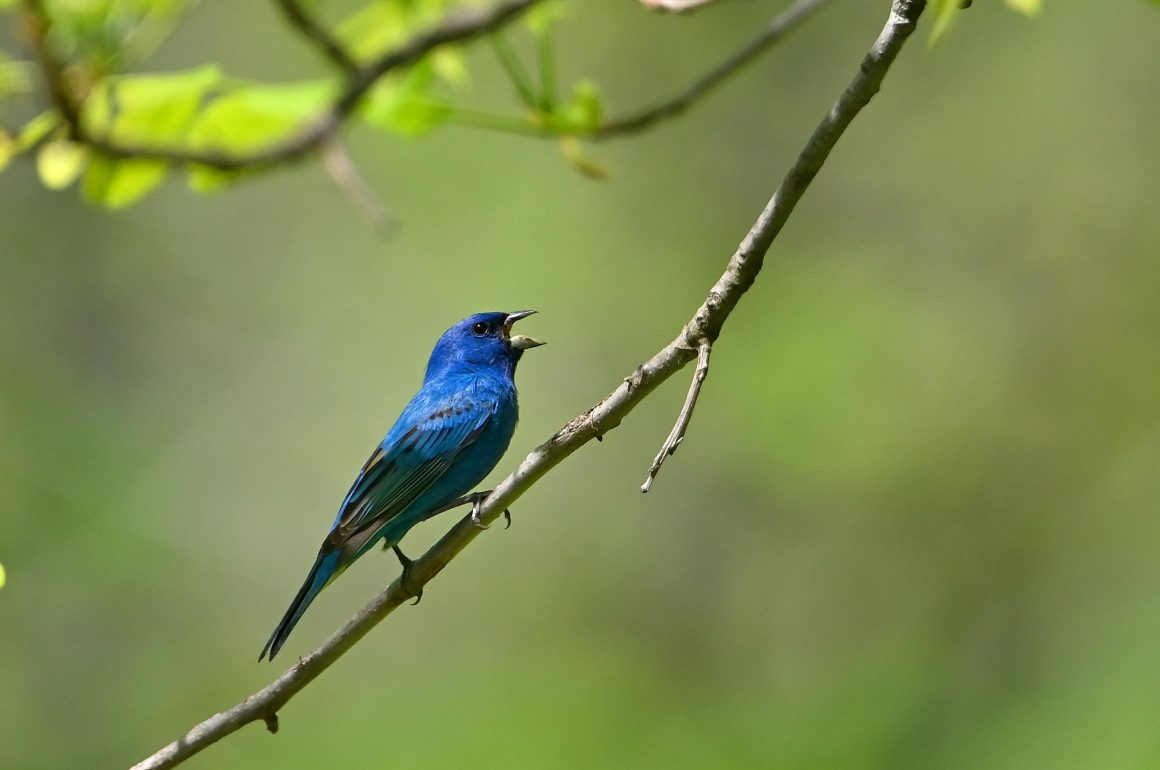
On a winter’s day, a Pileated Woodpecker chops away at a fallen log. Its audience consists of a Hairy Woodpecker and a Downy Woodpecker. Once it leaves, the Hairy moves to the broken log and chops some more. After it leaves, the Downy has its chance to find something edible in the leavings. My husband commented that we’d just watched small, medium, and large. Observations like that are what I encounter in my long-time local patch.
I have birded in Earl Bales Park in Toronto for 50 years and counting. As you enjoy the quiet beauty of the park, it is hard to believe that you are in the midst of a city with a population of three million people. As a teenager, I had a friend who lived nearby, and we would visit it regularly. It became my local patch when we moved into the area. I regularly birded there for 33 years, before we moved to our condo in 2017. I still make time to visit it regularly as it is only two miles from where we now live. When you bird somewhere that long, you have many memories to look back upon.
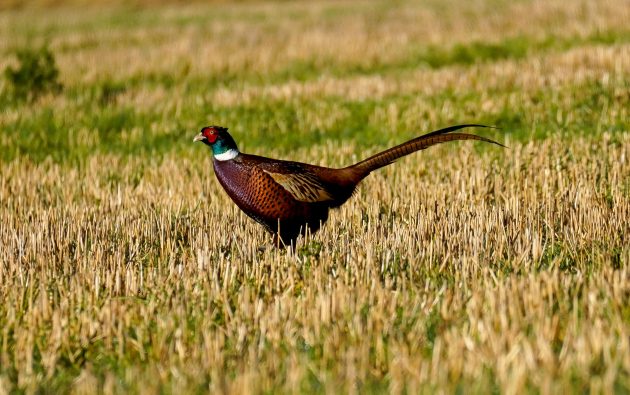
Ring-necked Pheasant
In the 1970s, I remember when there were Ring-necked Pheasants in the fields. My friend, who I still bird with, loved that I would flush them, and they would burst from the grass in front of us. When the city built storm-water ponds there, they cleared a field that was full of Honeysuckle bushes. That field hosted many Ruby-throated Hummingbirds in the previous summers. I still see those hummers in the park, but not in such numbers.
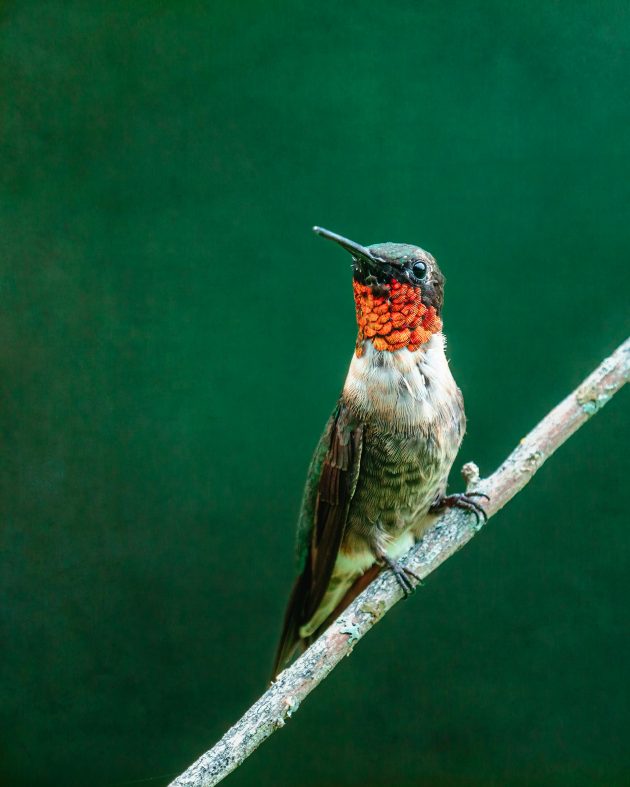
Ruby-throated Hummingbird
Of course, a local patch offers lifers and unique sightings. I saw my first Olive-sided Flycatcher, Indigo Bunting (pictured at top of article), and Yellow-billed Cuckoo there. I’ve watched a migrating Caspian Tern hunt the storm-water ponds. Chimney Swifts, Barn Swallows, and Tree Swallows fly over the ponds hunting mosquitos. During migration, Pied-billed Grebe, Hooded Merganser, and teals show up at the pond.
Once, I watched a male Red-tailed Hawk escort a sub-adult Bald Eagle out of the park and its territory. I followed them as the hawk kept buzzing the eagle, moving it along. Finally, the eagle had had it. It lifted its talons and grabbed for the hawk, which then veered off and flew back into the park.
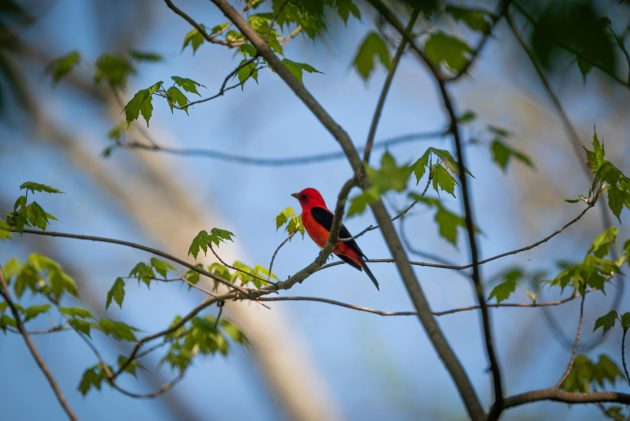
Scarlet Tanager
When you love somewhere that much, you want to share it. For the last few years, I’ve co-led birdwatching walks there for our local bird club. We look for spring migrants and resident birds. I get a lot of beginners and they are thrilled to see life birds. A popular bird is the Indigo Bunting, which always puts on a show, offering good looks and its sweet song. This past spring, my co-guide and I were able to show them 43 species, including a male Scarlet Tanager and a male Rose-breasted Grosbeak, which got lots of oohs and aahs, as did a female Mallard with her flotilla of tiny ducklings. A Cooper’s Hawk flew into a tree and scattered a flock of Cedar Waxwings. I always like it when birds make the morning more dramatic.
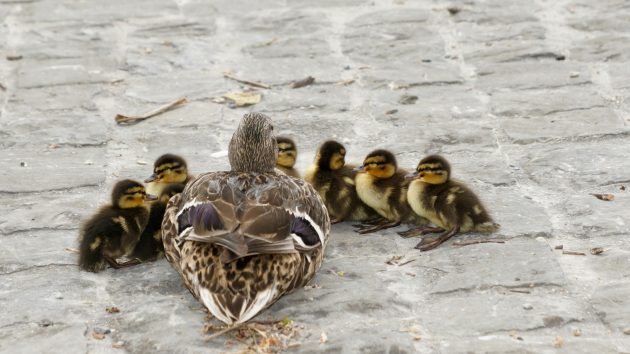
Female Mallard with ducklings
My love affair with Earl Bales Park doesn’t look like it’s going to end anytime soon. There is the rest of the year to enjoy, with the Christmas Bird Count coming in December.
Note: All photos are from Pexels.com, an online source of copyright-free photos.






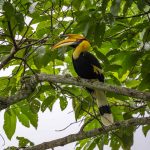
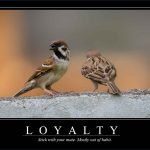

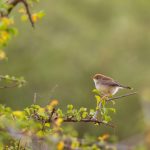
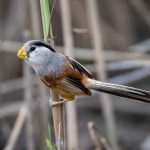
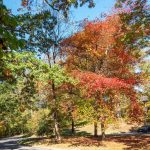
Hi, just want to say I love your posts. A great addition to 10,000 birds.